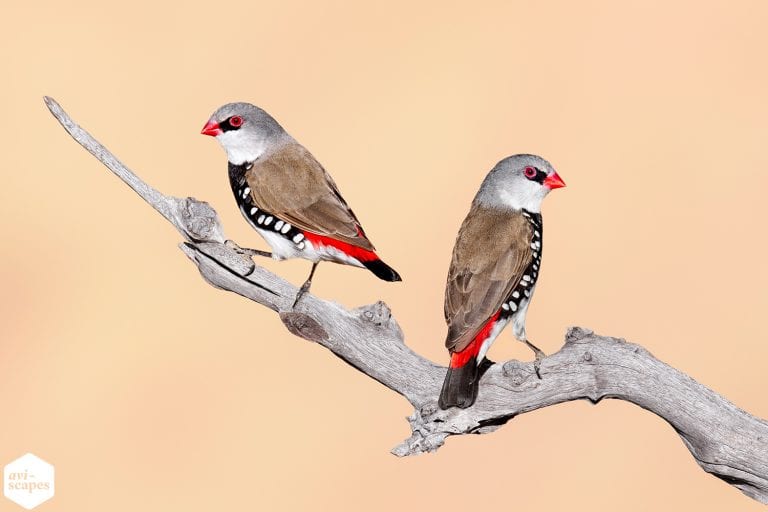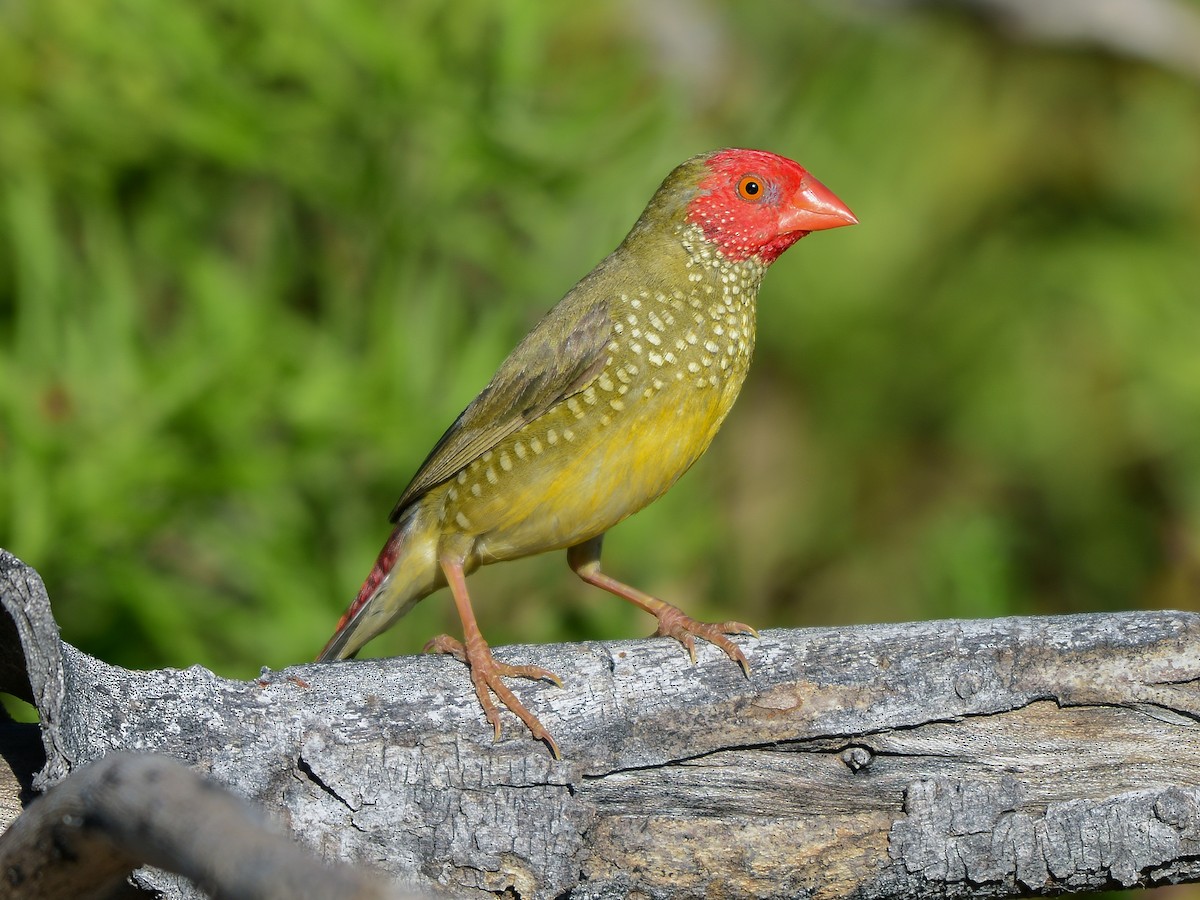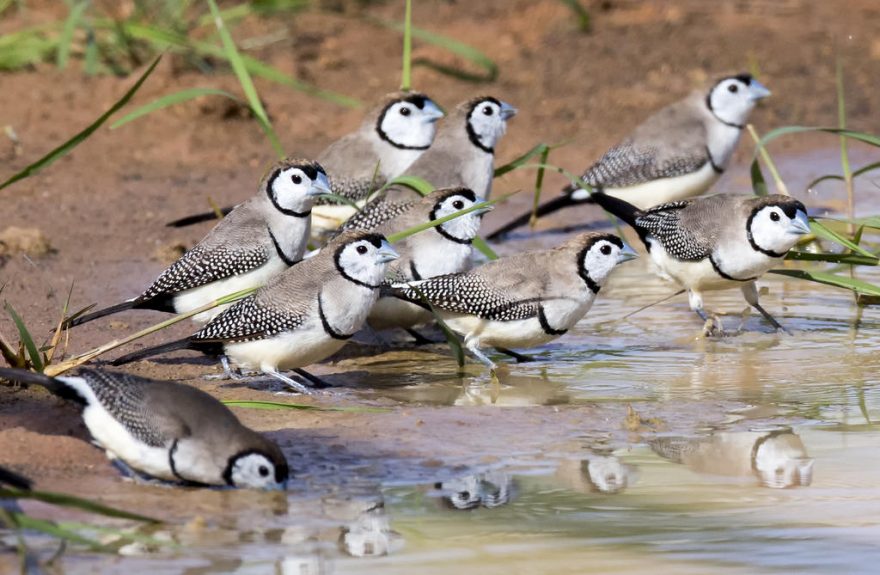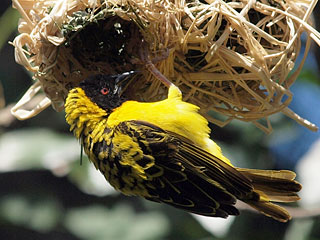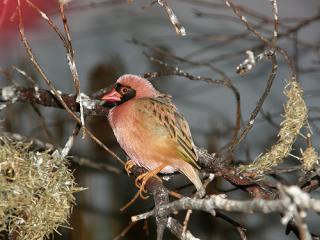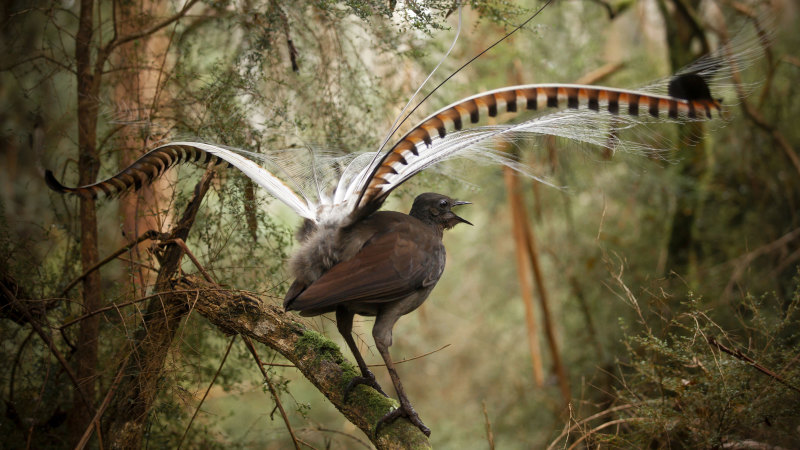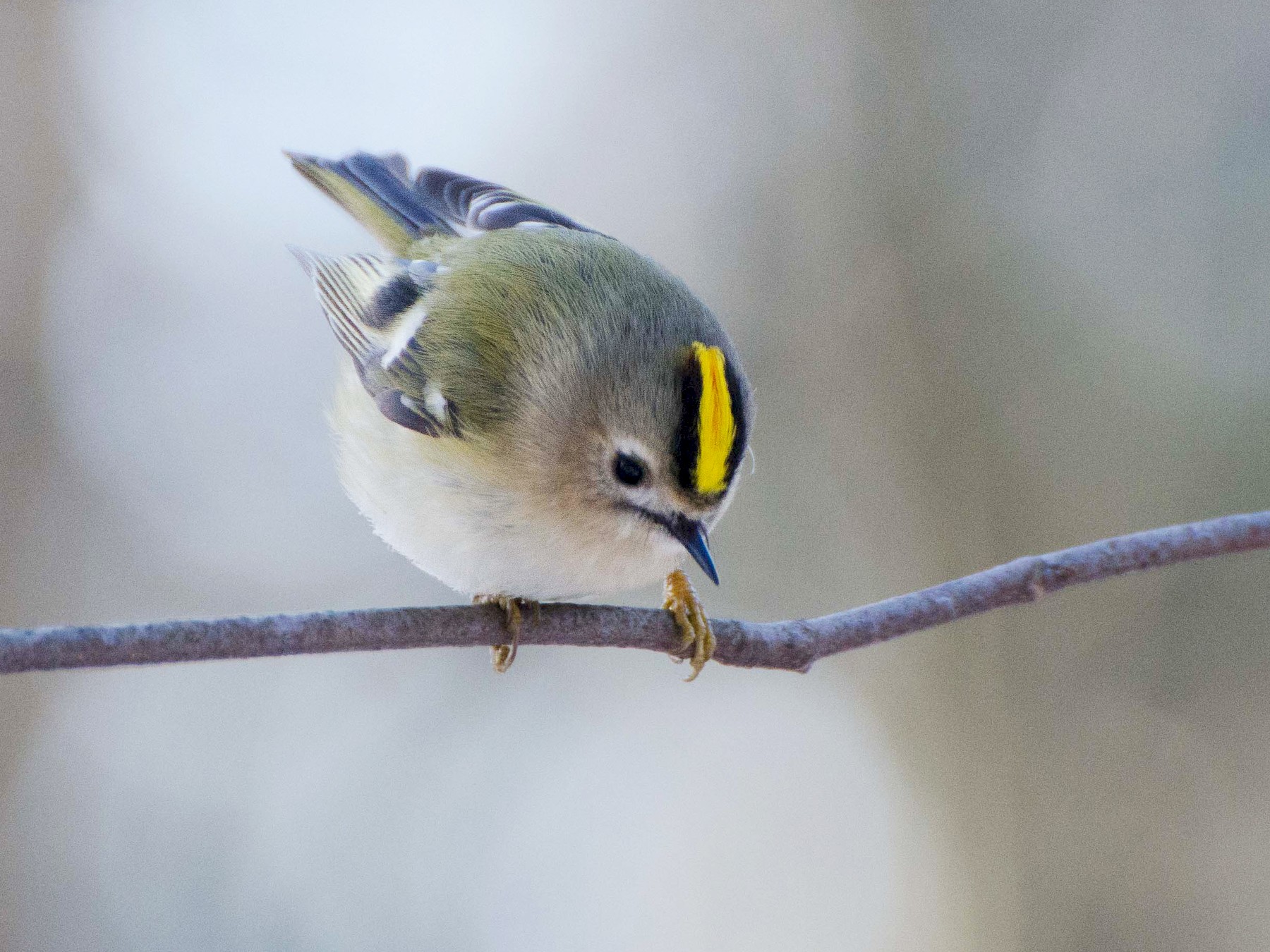I guess this isn't a subject that has really been brought up, but I am very curious, y'all: how would y'all feel if we got songbirds into the game?
Like, be honest. Would a northern cardinal sound appealing? An eastern bluebird? House sparrows? Purple martins?
I know that they aren't the most exciting or exotic birds (especially since we see them in our backyards or public gardens), but considering how some of the butterflies we got are kinda similar (in the fact that we see them in our yards), maybe songbirds would be the same...
I dunno, but let's discuss. And of course, this is all hypothetical, as we don't even know if birds are coming or not
Like, be honest. Would a northern cardinal sound appealing? An eastern bluebird? House sparrows? Purple martins?
I know that they aren't the most exciting or exotic birds (especially since we see them in our backyards or public gardens), but considering how some of the butterflies we got are kinda similar (in the fact that we see them in our yards), maybe songbirds would be the same...
I dunno, but let's discuss. And of course, this is all hypothetical, as we don't even know if birds are coming or not

:strip_icc()/145637570-56a2bcec5f9b58b7d0cdf85e.jpg)

